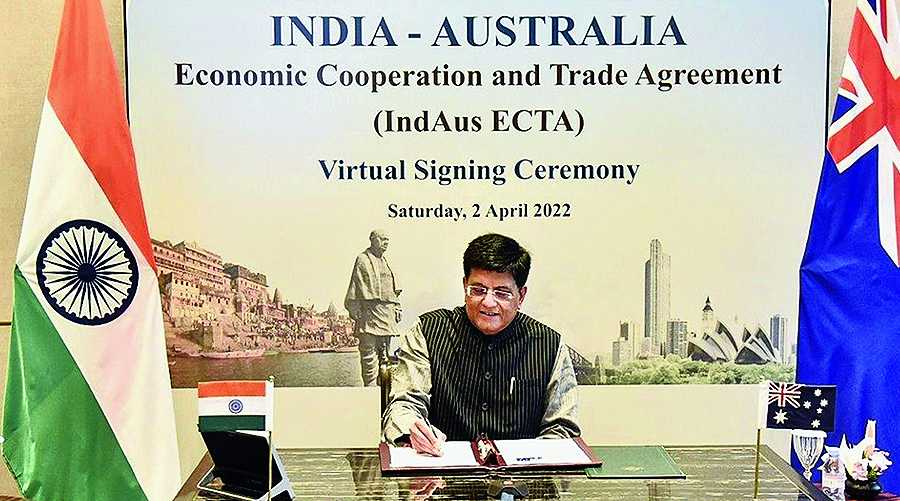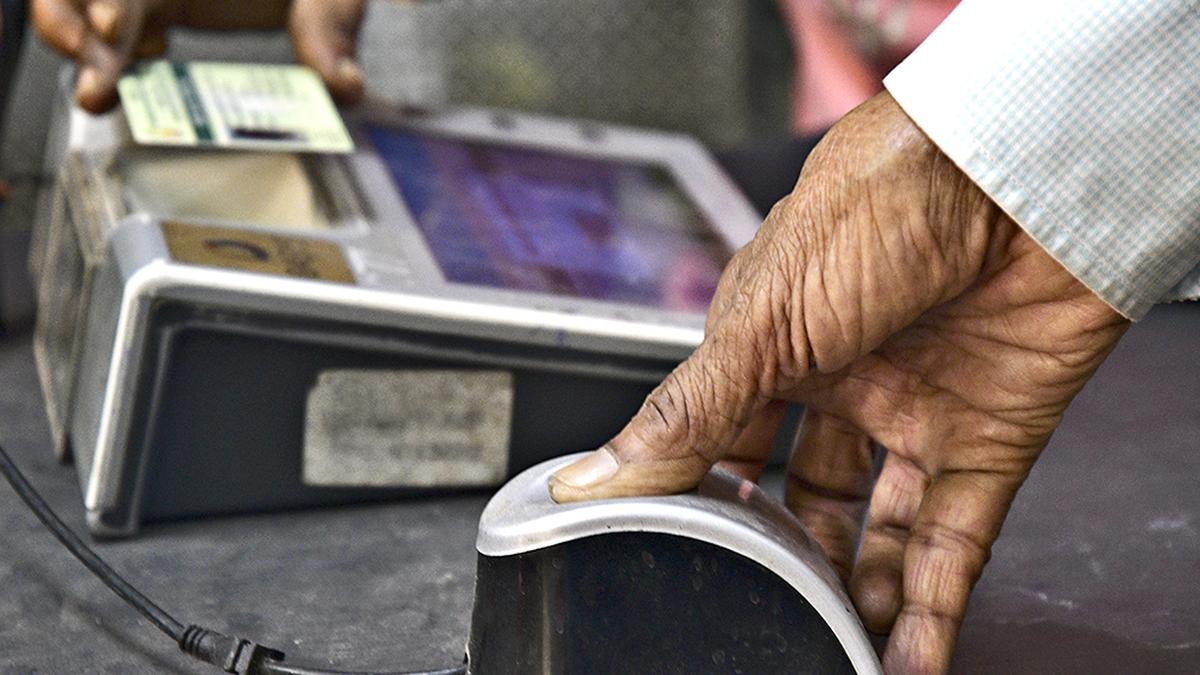





Disclaimer: Copyright infringement not intended.
Context
Must Read: https://www.iasgyan.in/daily-current-affairs/australia-india-relations
Background
Significance of the recently signed Ind-Aus ECTA



© 2025 iasgyan. All right reserved